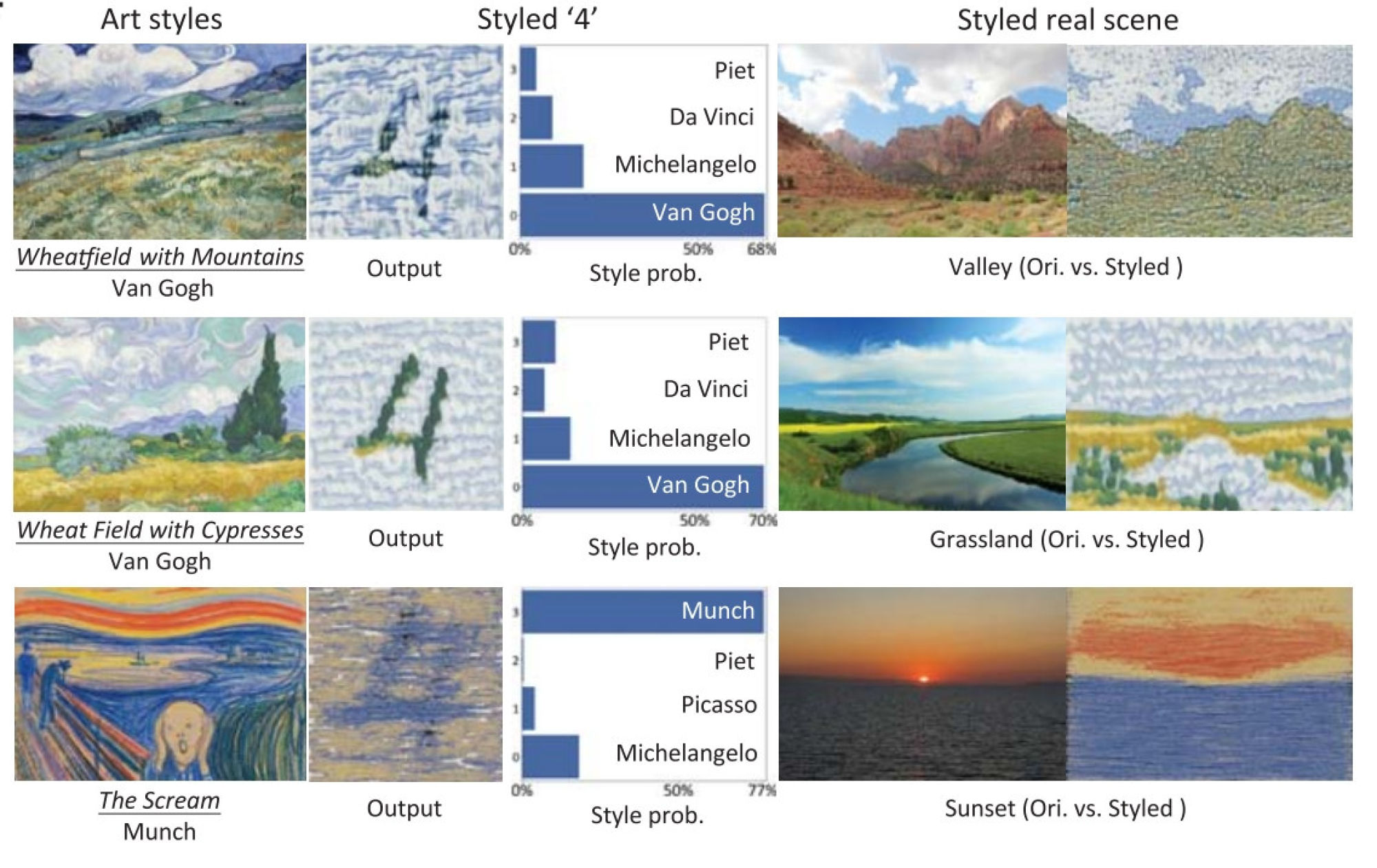
Could China’s Taichi light-based chip show the way on AI?
- Researchers at Tsinghua University say they have come up with a faster, more energy-efficient phonotic circuit
- The development is a promising step towards real-world photonic computing, Science journal associate editor says
According to the research team, the chip performs well in artificial general intelligence (AGI) tasks such as image recognition training and ChatGPT-like content generation.
After being trained on images from a range of artistic styles, Taichi could transform input images into works in the manner of various artists.

AI computing has become a high-energy-consuming industry, and researchers are racing to try to improve efficiency.
“Taichi paves the way for large-scale photonic computing and advanced tasks, further exploiting the flexibility and potential of photonics for modern AGI,” the team said in the paper.
Science journal associate editor Yury Suleymanov said: “The present work is a promising step toward real-world photonic computing, supporting various applications in AI.”
Chinese tech firms scramble to secure Nvidia’s AI chips before US ban cuts off supply
The research team is led by Dai Qionghai, a professor from Tsinghua’s automation department, and Fang Lu, an associate professor from the university’s electronic engineering department.
Dai and his team gained their results by designing a scalable and highly robust distributed computing architecture.
The conventional approach to using PICs is to stack them but Dai’s team arranged them into clusters, forming a shallow but broad architecture.
In Taichi, the computing resources were distributed into multiple independent clusters, which were organised separately for subtasks.
“It was not an exclusive algorithm only for Taichi. The computation and task distributing could also help existing PICs to extend their computing capacity for more advanced tasks,” Dai said in the paper.
“Taichi experimentally achieved on-chip 1,000-category–level classification (testing at 91.89 per cent accuracy in the 1623-category Omniglot dataset) and high-fidelity artificial intelligence–generated content with up to two orders of magnitude of improvement in efficiency.”
In October last year, the team launched an optical chip that broke through problems such as computing unit integration and optoelectronic interfaces.
The researchers said the work on Taichi underscored the chip’s potential in processing large-scale high-resolution images and training billion-parameter models, paving the way for applications in low-power automated systems.
“We anticipate that Taichi will accelerate the development of more powerful optical solutions as critical support for the foundation model and a new era of AGI,” the team said.

